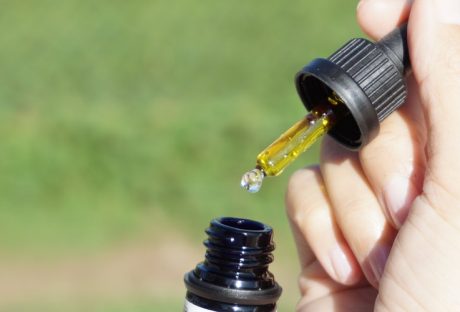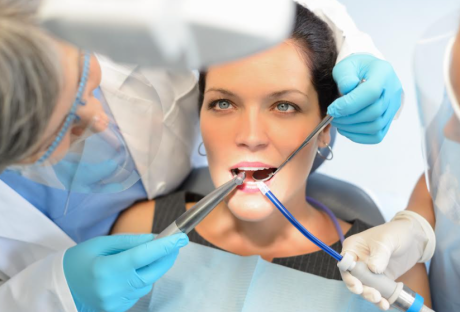We all know what stress is. We all cope with it every day; we look for creative new ways of handling it but prolonged exposure to stress can lead to burnout which could have some long-term consequences. Travel nursing, like any other health care field, falls into the category of highly stressful jobs. The stress became even more emphasized since the pandemic had started.
In the last few years, jobs for travel nurses have not only grown in scope, but also in terms of remuneration. The global pandemic has necessitated the biggest movement of trained nursing professionals across the world. While there are stressful moments involved, the salaries and compensations are the perks that are leading the nursing industry. With the chance to see the world, a lot of young professionals are encouraged to pursue short term travel nursing jobs.
Travel nursing can be both stressful and rewarding:
There has been an increasing demand from medical staffing companies for healthcare workers in the past year. And yes, while it also meant higher pay for travel nurses, more job openings, and travel opportunities it also came with exponential exposure to everyday stress.
Now, as a healthcare professional you are already used to coping with situations that would upset and throw out of tracks every average person, but COVID-19 is still quite new to everyone, and just like with everything that’s new it takes some time getting used to it.
We know how tough you are but you are still prone to feeling effects of accumulated stress over time and as a health care staffing agency that puts its employees first, we are saying that you should take some measures of precaution to avoid burnout and to increase or maintain the quality of your life.
Things you can do outside work:
We know it can be hard to put work aside and go back to your normal life once you take off your uniform. But if you think about it, in a long run, doing so you are doing yourself and your patients a favor. By focusing on your wellbeing, you are refueling, reenergizing, and investing in your career too. You will be more concentrated, more rested, and more efficient if you had enough time for yourself.
Focus on your physical and mental health:
This can be, for example, a walk in a park, going for a run, or just wandering around the city exploring new cafes, restaurants, parks, buildings and enjoying the pulse of a new place.
You could start off by exploring your new residential area and discovering places according to your taste. You could go on a hunt for a beautiful sunset or sunrise and get the perfect postcard for your friends back at home.
Invest in your own health – find a farmer’s market and enjoy organic or unique specialties that locals could tell you about.
Yoga is great for both physical and mental health:
Find a gym or a park to do yoga every day. If you are not a fan of exercising indoors, you could find a park or a nice and quiet place to do your stretches or yoga, for example. It’s very beneficial to practice yoga outdoors with other people. Why not try that out?
Maintain social relationships and contacts:
Stay in touch with your friends from home or hang out with some new people you’ll definitely meet. It would be nice if you could avoid talking about work and instead focus on experiencing new tastes, learning new things, and hearing different points of view. Make the most of your stay.
Things you can do at work:
It can be very busy and sometimes overwhelming at work, and we understand that being a travel nurse you sometimes can’t just decide when to take a break. But if you have the chance, take that little break.
As they say, one can be surrounded by people and still feel alone. That’s why you should try to bond with your colleagues or/and patients that you like. It will make your workplace a much more pleasant place to be at and you will look forward to your next day at the hospital. The social component of our overall wellbeing must not be disregarded. We are social beings, right?
Everyone’s threshold of stress tolerance is different. And if you start feeling overwhelmed by your everyday tasks, if you find yourself unable to stay focused for a longer period of time, or if you start getting easily frustrated, don’t wait. Seek professional help, take care of yourself and put yourself in the first place just like your medical staffing agency does.
You are important to us. And we take care of what’s important.
Don’t push yourself.
Be gentle with yourself.
Treat yourself like you treat your patients.
Let us take care of you.























